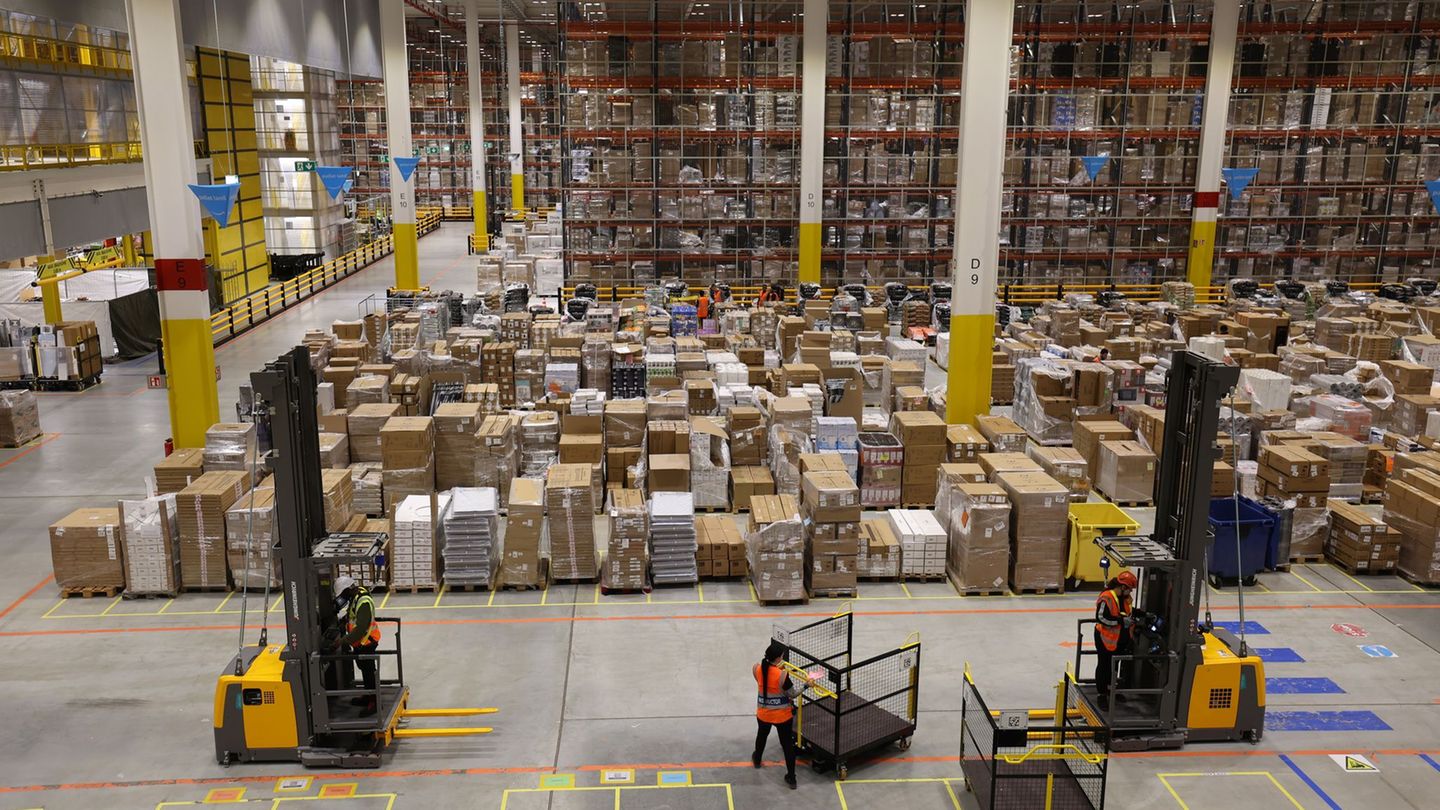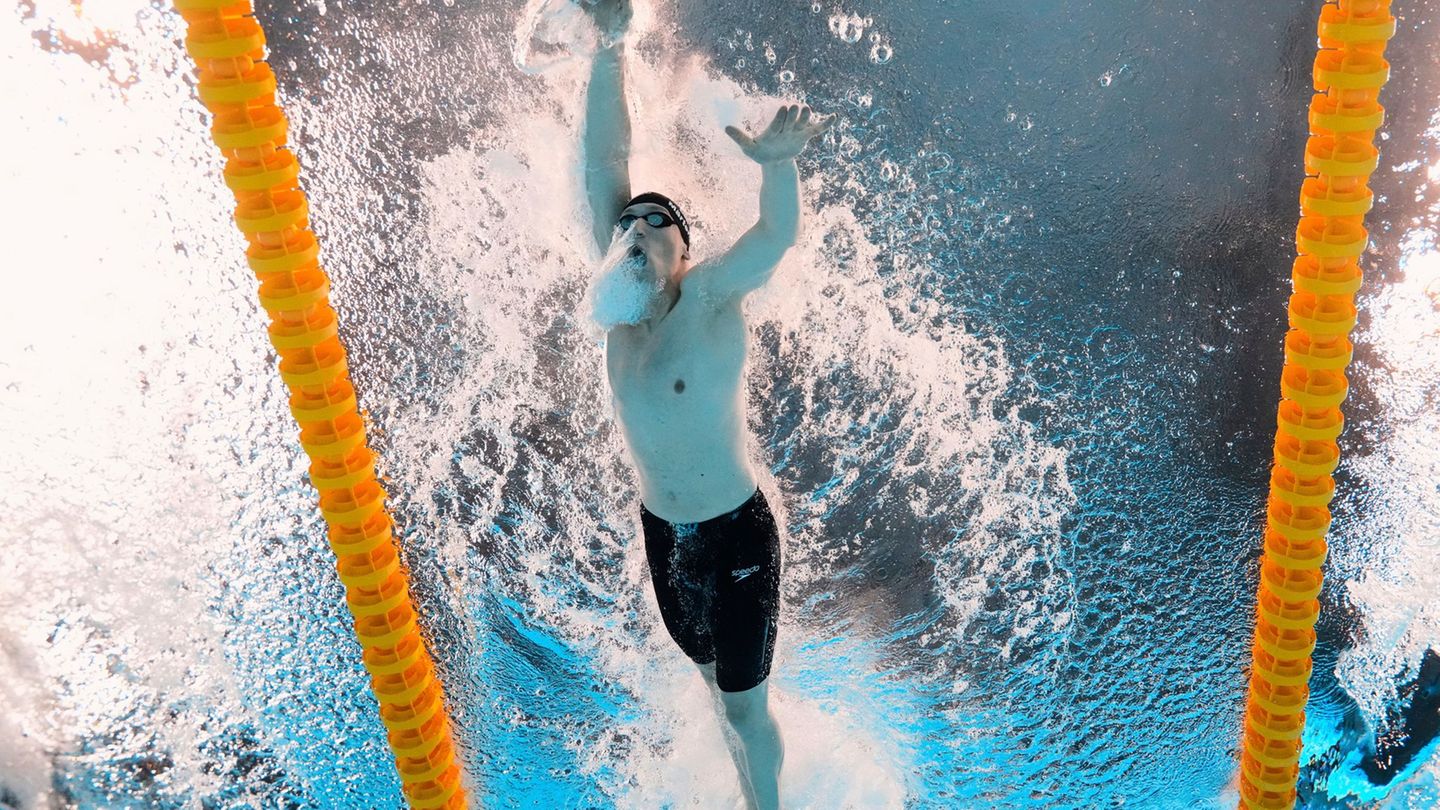The rise of the dollar in Argentina led to a new increase in Uruguayans crossing the border to take advantage of shopping and walking, a phenomenon that, as always, is reflected in the long lines at border crossings.
This weekend the traffic on the Salto Grande bridge was reflected in the kilometer-long queues to cross the Border Center full of Uruguayans wanting to reach the neighboring country to take advantage of the exchange gap. With waits of more than four hours, people who wanted to travel to Argentina had to go through a quick process at Immigration, which was later hampered by long waits at Customs.
The delays occur in the affidavits that Uruguayans have to fill out either to transport merchandise or in the case of tourists. In the first case, people are allowed to transport 5 kilograms of merchandise per person every fifteen days. For that, they must fill out an electronic affidavit and, in the case of not doing so, they must fill it out at the moment, which causes delays.
In the case of tourists, who are more than 24 hours outside of Uruguay, they have a franchise of 300 dollars per person, which enables them to transfer everything related to pleasure trips and that does not have the objective of being commercialized. In this, an affidavit must also be filled out.
According to the Catholic University of Uruguay (UCU), the exchange gap with Argentina reached 199%. From the entity, which in its last survey had measured this indicator at 126% and downwards, they clarified that the price gap increased after the jump of the US currency in the parallel market of the neighboring country, which jumped 125 Argentine pesos in two days after the primary elections and touched the new historical maximum of 730 Argentine pesos.
This rise in the blue, which reached 20.7% in two days after Javier Milei’s victory in the PASO, brought the gap with the official exchange rate in that country to 108.6%, when compared to the dollar. of the BNA, which trades at 365.50 Argentine pesos.
“In the last study the gap gave us 126%. If we consider the rise of the blue dollar now, the exchange difference becomes 199%. It expands enormously with the current blue exchange rate,” Gimena Abreu, from the UCU Economic Observatory, told Telemundo.
When evaluating the gap by product, the greatest price difference occurs in the Miscellaneous Goods category (which includes the hygiene basket), where it reaches 233%; followed by Alcoholic Beverages and Tobacco, with 209%; Household Products, with 179%; and Food and Non-Alcoholic Beverages, with 123%. In addition, Abreu highlighted that “another important category that leads people to cross is the price of gasoline, diesel and tires, whose difference was 118%”, without counting the value of the current blue, he specified.
Source: Ambito




